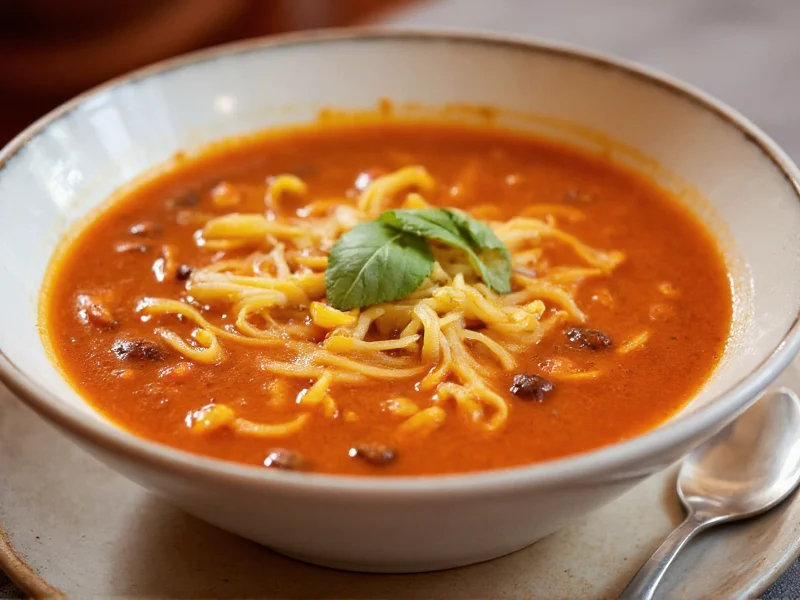Understanding the distinction between 'soup turin' and 'soup tureen' is essential for anyone interested in dining etiquette, antique collecting, or proper table service. This comprehensive guide explores everything you need to know about soup tureens, from their historical significance to practical usage in modern dining settings.
The History of Soup Tureens
Soup tureens emerged during the 17th century as formal dining practices evolved in European courts. Originally crafted from silver for royalty and aristocracy, these serving pieces became status symbols that demonstrated wealth and sophistication. By the 18th century, porcelain manufacturers like Meissen and Sèvres began producing elaborate ceramic tureens featuring intricate designs and sculptural elements.
During the Victorian era, soup tureens became standard in middle-class households as dining customs formalized. The Industrial Revolution made them more accessible, with manufacturers producing affordable ceramic and metal versions. Today, both antique collectors and modern hosts appreciate tureens for their functionality and aesthetic appeal.
Materials and Construction
Soup tureens come in various materials, each with distinct advantages for different uses. Understanding these options helps you select the perfect piece for your needs, whether you're building a vintage collection or updating your dinnerware.
| Material | Best For | Heat Retention | Maintenance Level |
|---|---|---|---|
| Porcelain/Ceramic | Everyday use, formal dining | Moderate | Low |
| Silver/Stainless Steel | Cold soups, decorative display | Poor | High |
| Stoneware | Hearty stews, rustic settings | Excellent | Medium |
| Crystal/Glass | Cold soups, modern aesthetics | Poor | Medium |
Proper Usage and Serving Techniques
Using a soup tureen correctly enhances both the dining experience and the presentation of your meal. Follow these professional serving guidelines for optimal results:
First, pre-warm your tureen by filling it with hot water for several minutes before adding soup. This maintains optimal serving temperature. When ladling soup, hold the tureen steady with one hand while using a serving spoon in the other. For formal settings, serve from the left side of each guest.
Consider portion control - fill soup bowls only two-thirds full to prevent spills. When serving multiple courses, remove the tureen from the table after soup service unless you're using it as a centerpiece. Remember that vintage tureens with delicate handles require extra care during handling.
Selecting the Right Tureen for Your Needs
Choosing the perfect soup tureen depends on several factors beyond just aesthetics. Consider these practical aspects when making your selection:
For everyday family use, durable stoneware or thick ceramic provides excellent heat retention and withstands regular washing. If you frequently entertain, invest in a versatile white or neutral-colored porcelain tureen that complements various table settings. Antique collectors should examine hallmarks, maker's marks, and construction details to verify authenticity when purchasing vintage soup tureen collectibles.
Size matters significantly - a standard 2-3 quart tureen serves 4-6 people comfortably. Larger gatherings may require multiple tureens or a substantial 4-5 quart vessel. Always consider your storage space; some ornate antique French tureen designs feature protruding elements that require special storage solutions.
Care and Maintenance Guidelines
Proper care extends the life of your soup tureen, whether it's a cherished heirloom or a modern piece. Hand washing remains the safest method for most tureens, especially antique pieces and those with metallic trim. Use mild detergent and avoid extreme temperature changes that could cause thermal shock in ceramic pieces.
For stubborn stains in vintage tureens, create a paste of baking soda and water, apply gently with a soft cloth, and rinse thoroughly. Never stack other dishes inside your tureen for storage, as this can cause chips or cracks. Display valuable antique tureens away from direct sunlight to prevent fading of delicate decorations.
Modern Applications and Alternatives
While traditional soup tureens remain popular for formal dining, contemporary households have adapted their use for various purposes. Many people now use smaller tureens as elegant centerpieces for salads or even as decorative planters. The resurgence of formal dining experiences has renewed interest in proper soup tureen usage techniques.
For those seeking alternatives, consider insulated soup dispensers for casual settings or modern ceramic serving bowls with lids that mimic the tureen's functionality. However, nothing replicates the elegance of a well-chosen tureen when presenting bisque or consommé at a special dinner. Understanding the difference between a soup tureen vs soup bowl helps you select appropriate serveware for different occasions.
Frequently Asked Questions
What's the difference between 'soup turin' and 'soup tureen'?
'Soup turin' is a common misspelling of 'soup tureen.' Turin refers to a city in Italy, while 'tureen' (pronounced 'tur-in') describes the specialized serving dish for soups. This pronunciation similarity causes frequent confusion in search queries about proper soup serving vessels.
How do I determine the value of an antique soup tureen?
Assess antique tureen value by examining maker's marks, materials, condition, and provenance. French porcelain tureens from manufacturers like Sèvres or Limoges typically command higher prices. Complete sets with original ladles increase value, while chips, cracks, or repairs diminish it. Consulting a professional appraiser specializing in antique dinnerware provides the most accurate valuation for vintage soup tureen collectibles.
Can I use a soup tureen for foods other than soup?
Absolutely. Modern hosts use soup tureens for serving stews, chili, punch, salad, and even as decorative planters. The proper way to use a soup tureen for non-soup items depends on the material - avoid acidic foods in metal tureens and extremely hot foods in delicate porcelain pieces. Many contemporary ceramic soup tureen designs specifically accommodate versatile serving needs beyond traditional soup courses.
What size soup tureen do I need for different gatherings?
Select tureen size based on guest count: 1.5-2 quarts serves 2-4 people, 2-3 quarts serves 4-6, and 4-5 quarts accommodates 8-12 guests. Remember that overfilling causes spills, so choose a tureen that's slightly larger than your minimum requirement. For large gatherings, consider using multiple smaller tureens rather than one oversized vessel, which becomes difficult to handle when full.











 浙公网安备
33010002000092号
浙公网安备
33010002000092号 浙B2-20120091-4
浙B2-20120091-4